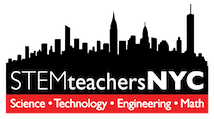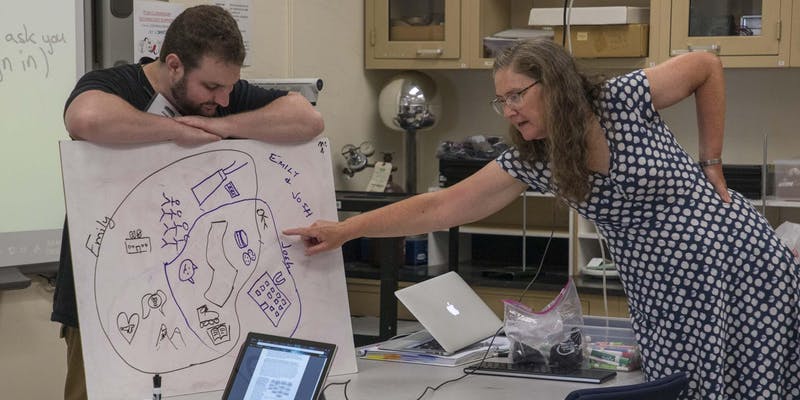Since ancient times, there have been two types of science: experimental and theoretical. With the advent of computers computational science has become the powerful 3rd leg of science. Finally there is a way to make this important part of science accessible to our students. In this introductory workshop you will learn how to incorporate computational modeling through JavaScript in your classroom through engaging, hands-on activities.
JavaScript, the language of the web, makes the visualization of ideas and models easy, efficient and powerful. We will use P5 JavaScript which is accessible and usable on essentially every computing device on the planet. P5 promotes student creativity and has a huge, fast-growing user base with many good tutorials and examples – Check out P5.js! During the workshop you will learn to code simulations, facilitate student discussions, and develop student thinking through computational models. In this workshop we will focus on constant motion as a starting point, with immediate extensions and applications to any area of science, or indeed to all of STEM. We will provide scaffolded, classroom-ready programs, so you, and your students, can focus on adding the key science-related code. This approach will help you and your students succeed quickly and learn the syntax gradually.
Participants with all levels of experience with computing, including raw beginners, are welcome. Individuals with programming experience will benefit from the materials related to constant velocity motion and will learn about how to incorporate computational modeling via an innovative approach supporting students.
A complimentary workshop, “Evolving the Classroom: Computational Modeling with JavaScript,” will run on Nov. 16. We hope you will sign up for either one of the workshops, or, preferably, both, and look forward to seeing you on Nov 16 and/or Dec 8.

